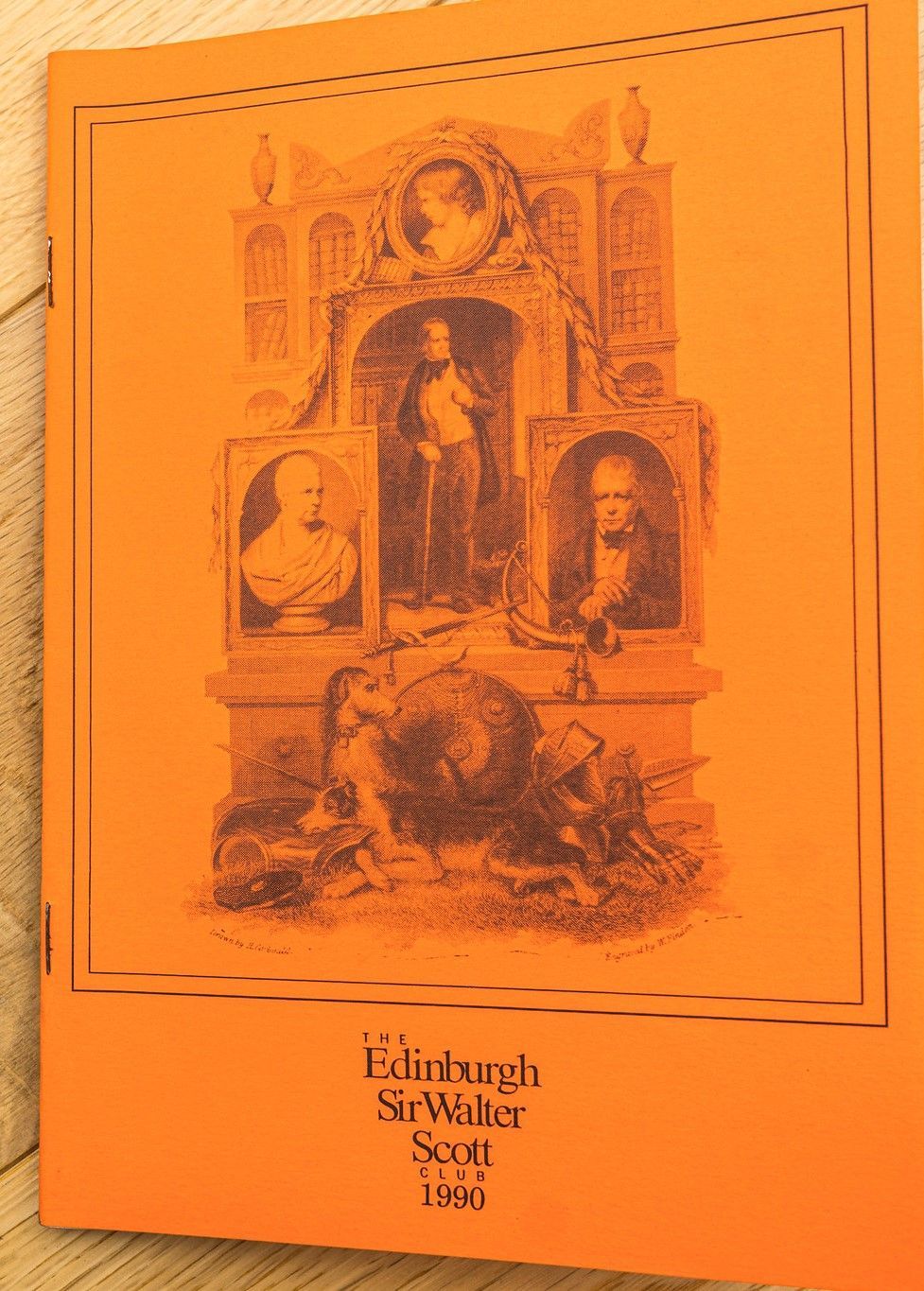On Editing Rob Roy
Tuesday 10th October 1989
Summary of the Talk:
John McQueen’s talk focuses on the complexities of editing Scott’s Rob Roy for the Edinburgh Edition of the Waverley Novels. McQueen discusses the editorial process and challenges involved in producing a text based on the comparison between the first edition of Rob Roy and Scott’s manuscript, which was unavailable at the time. He humorously refers to himself as an “editorial Old Pretender” due to these limitations.
Key points from the talk include:
- Editorial Challenges: McQueen emphasizes the importance of comparing first editions with the author’s original manuscript. However, since Scott's manuscript was not accessible, McQueen explains that the editorial task also involves placing the novel in its proper context among Scott’s other works and providing relevant notes.
- The Novel’s Place in Scott’s Works: Rob Roy (1818) marks Scott's return to the public after a brief hiatus, following his first three novels. McQueen explains how the novel is a continuation of Scott's literary persona, which had been “retired” with the publication of The Antiquary.
- The Memoirs: McQueen discusses how the “Memoirs” written by the character Frank Osbaldistone provide a form of autobiographical material for the novel, adding depth to Scott’s use of autobiographical forms. He connects this to Scott's life and the historical period in which the novel is set, particularly relating to the Jacobite rising of 1715.
- Historical and Geographical Context: The novel spans various landscapes, including parts of England, Glasgow, and Perthshire. McQueen points out how Scott skilfully integrates historical and geographical contexts, especially during the tumultuous times of the Glorious Revolution of 1688 and the early 18th century, including references to the Hanoverian Succession and the 1715 Jacobite rising.
- Notable Textual Differences: McQueen provides a detailed comparison of how Rob Roy was altered in later editions. He highlights one specific change in the 1829 edition, where Scott's original intention to show the restoration of Andrew Fairservice’s character was obscured by editorial changes.
Interesting Points:
- The Role of Rob Roy in Scott’s Work: McQueen's discussion of Rob Roy as a return to Scott's original persona as the “Author of Waverley” is insightful, showing how the novel reflects Scott's self-awareness and his relationship with his readers.
- The Fictional Autobiographical Method: Scott’s use of autobiographical material through the character of Frank Osbaldistone offers an intriguing approach, blending fiction with elements of Scott's own life and times.
- Textual Evolution: The textual changes in Rob Roy over time, particularly in the portrayal of Andrew Fairservice, reveal how editorial choices can significantly alter the interpretation of a character's journey.
In conclusion, McQueen's talk provides a comprehensive look at both the editorial process and the historical context surrounding Rob Roy, offering rich insights into Scott's work and the complexities of presenting his novels in modern editions.
Download the [Transcript] or Read the [Bulletin]

Download the [Transcript] or Read the [Bulletin]


